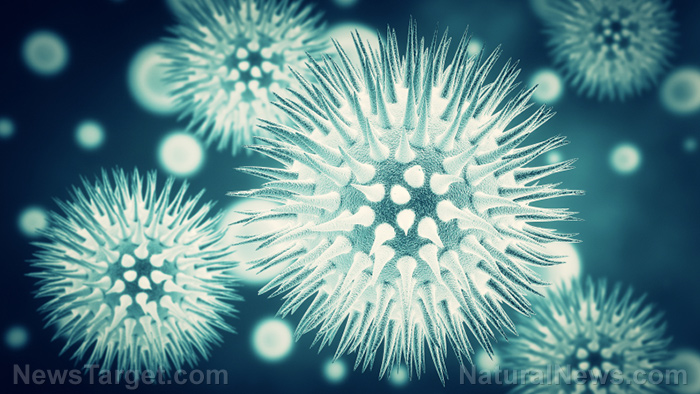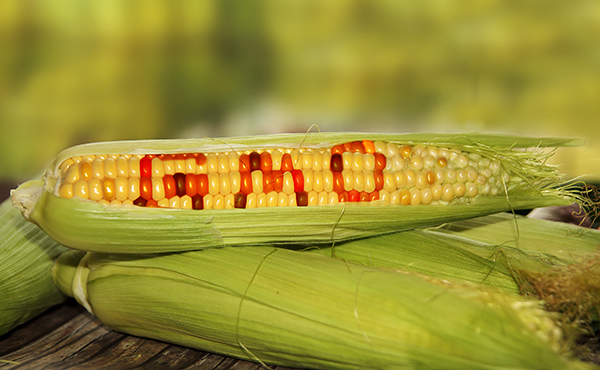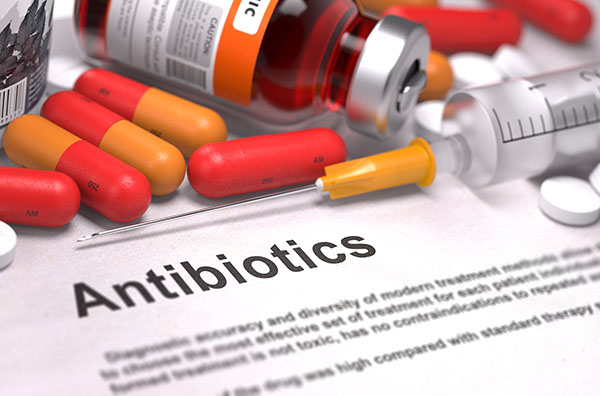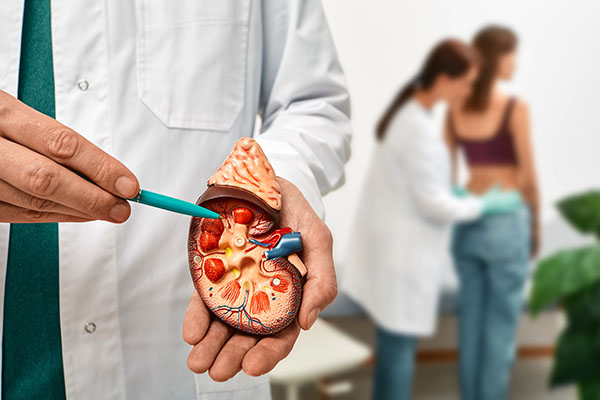
According to ScienceDaily.com, the researchers have engineered quantum dots to produce helpful compounds known as “superoxides.” These chemicals can make bacteria more vulnerable to antibiotics by impeding the bacteria's metabolic and cellular processes.
To make these superoxide-producing quantum dots, the researchers first made them from the stable crystalline compound cadmium telluride, the most common use of which is as a semiconducting material in photovoltaics. These quantum dots were then bombarded with green light at a particular frequency to excite their electrons and cause them to bond with oxygen molecules, leading to the formation of superoxide.
The researchers put the dots to the test by mixing different quantities of dots into different concentrations of each of five antibiotics to create test samples. These test samples were then added to five strains of drug-resistant bacteria, namely Salmonella and methicillin-resistant Staphylococcus aureus or MRSA. Around 480 tests were conducted overall, each with a different quantum dot/antibiotics/bacteria combination.
The researchers discovered that over 75 percent of the samples with quantum dots were either able to inhibit bacterial growth or eliminate the bacteria entirely. Moreover, antibiotics empowered by the dots were found to be 1,000 times more effective at fighting bacteria than regular antibiotics.
“We've developed a one-two knockout punch. The bacteria's natural fight reaction [to the dots] actually leaves it more vulnerable,” said Prashant Nagpal, assistant professor in the University of Colorado Boulder's Department of Chemical and Biological Engineering (CHBE).
“We are thinking more like the bug. This is a novel strategy that plays against the infection's normal strength and catalyzes the antibiotic instead,” added Anushree Chatterjee, assistant professor in the CHBE, similar to Nagpal.
Compared to past antibiotic treatments, the researchers stated that theirs has an advantage because it can work selectively on a cellular level instead of attacking indiscriminately. For example, the dots can easily slip inside cells and clear them of infection from the likes of Salmonella, which is known to thrive and reproduce within host cells. (Related: Antibiotic-resistant superbug threat now a reality.)
Although useful, the researchers have acknowledged that the quantum dots have a number of limitations. One is that the dots are unable to reach infections that have penetrated the bones and other organs. Another is that the dots are made from cadmium, a heavy metal considered to be a human health and environmental hazard. Currently, Nagpal, Chatterjee, and their colleagues are working on quantum particles that can absorb infrared light since infrared light can pass through the body and make it possible to treat deep tissue infections.
“Disease works much faster than we do. Medicine needs to evolve as well,” said Chatterjee.
For more information regarding the topic of antibiotic resistance, visit SuperBugs.news today.
Fast facts on the cost of antibiotic resistance
- In 2010, it was discovered that misusing and overusing antibiotics costs the American healthcare system over $20 billion a year. This means that the medical costs per patient comes to $18,588 to $29,069 annually.
- Patients with antibiotic-resistant infections tend to stay in the hospital for 6.4 to 12.7 days. They're unable to work during this time, losing wages and costing U.S. Households well above $35 billion every year.
- Reducing the number of antibiotic-resistant infections by as 20 percent can easily save $3.2 billion to $5.2 billion in yearly health care.
Sources include:
Please contact us for more information.























